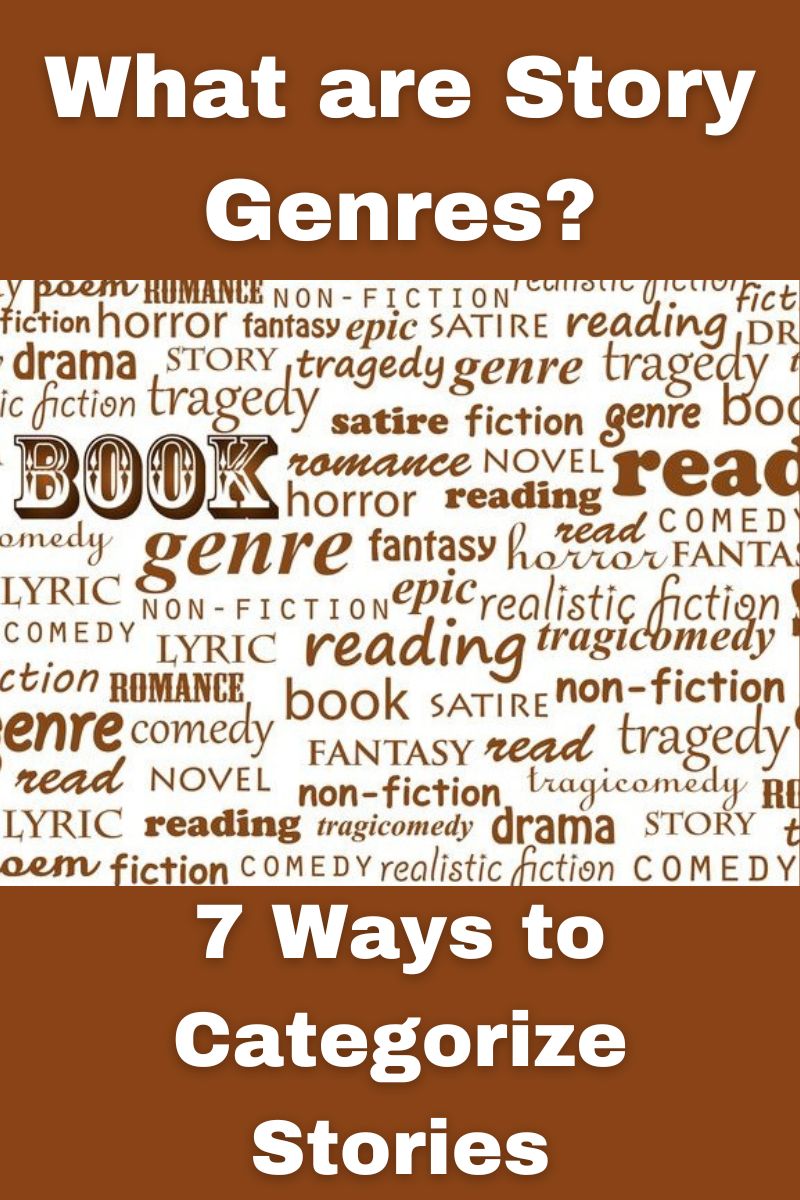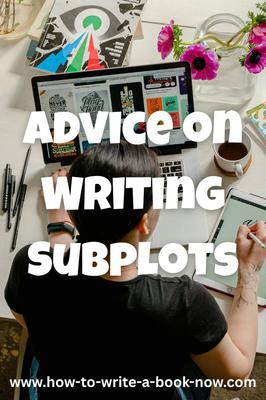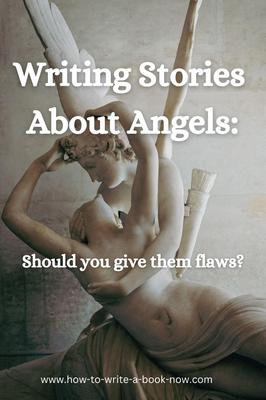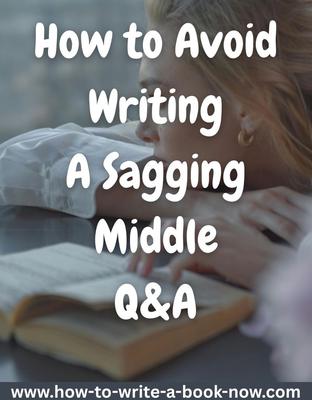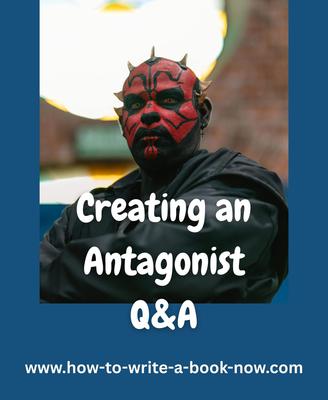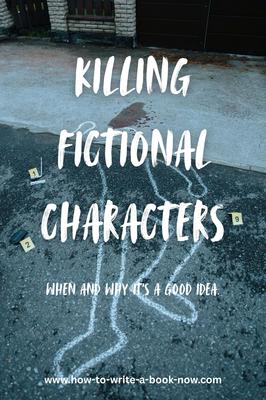The Genres of Books: 7 Ways to Categorize Fiction
By Glen C. Strathy
Many genres of books have been identified by publishers, booksellers, critics, and readers -- along with countless subgenres and cross genres. The proliferation of these labels causes many aspiring writers to lose sleep worrying about which genre their current work-in-progress falls into, and how that will affect its saleability.
While genre classification is an important marketing tool, it is not always one that writers need to be an expert in. The task of assigning an exact genre is often best left to the publisher.
Nonetheless, here's a little insight into the various genres of books, how they are created, and how you can use this knowledge as a writer.
Genre as a Marketing Tool
Imagine you are a book seller or librarian. One morning a person walks into your establishment and says, "I really liked the last book I read. Do you have anything else like it?"
Obviously, the first thing a good book seller or librarian will do is see if they have other books by the same author. But what if the author hasn't written anything else? Or what if the customer has read everything by that author already?
Having books grouped according to genre can help direct someone to a shelf where similar books are kept together. So if the customer really liked The Hunger Games, the book seller can point her towards other YA dystopian science fiction novels.
Publishers and libraries can also use genre labels to help with acquisitions. For instance, if a certain book becomes a runaway best seller, publishers will want to quickly produce other books in the same genre that can be sold to fans of the first book, whose appetite has now been whetted for more.
6 Ways the Genres of Books are Determined
Broadly speaking, a genre is a group of books that are similar enough that they will appeal to the same group of readers. Nonfiction books can be classified by subject matter, which is a fairly easy process thanks to Melvil Dewey and the Library of Congress. With fiction, however, it is much harder to determine which traits best distinguish one genre from another or appeal to the same group of readers.
I've provided definitions for the most common genres of books elsewhere.
Roughly speaking, there are at least six different ways that fiction can be categorized. I'll present them here, starting with the least important...
1. Medium or Format
Fiction can be categorized by the format or medium it is presented in. Stories can be told through...
a) Music (as in opera, musical theatre, or folk songs)
b) Drama (plays, film, television, radio drama, video games, etc.)
c) Artwork (graphic novels, comic strips)
d) Printed language (novels, short stories, narrative poems)
However, while it's true that some people prefer one medium to another, and many libraries and bookstores shelve different media separately, most people feel the content of the story is more important than the medium.
2. Literary classifications
In the past 2,400 years of human storytelling, scholars have come up with various genre labels which most people only use in school.
For instance, classical drama was given labels such as tragedy or comedy (as in a happy ending, not necessarily humour).
Or you may come across labels such as pastoral, gothic, epic, bildungsroman, etc. which speak to tradition, but are seldom used in bookstore signage today.
3. Graphic Content
With some exceptions such as Splatterpunk or some subgenres of Romance, graphic content is not a terribly useful way to distinguish genres. Few readers walk into a library and ask for a story with a particular level of sex, violence, gore, or profanity.
Of course there are exceptions, which is why Romance publishers will create separate lines for readers who do not want graphic sex (e.g. "Sweet Romances") and other lines for those who prefer something closer to Erotica (e.g. "Blaze").
What is more likely is that a reader will state that they DO NOT want a book with more graphic content than makes them comfortable.
However, the presence of a trigger warning on a book does not by itself give much indication about the actual story.
4.Reader Demographics
A more useful way to identify genres of books is by traits the intended audience has in common. Assuming you are writing in English, readers can be distinguished by...
a) Ethnicity (e.g. Afro-American, Indigenous).
b) Region. Books are often identified as belonging to the literature of a particular country or region, on the grounds that some readers like to read stories by local authors or set in their own community.
c) Age (e.g. picture books, middle-grade, young adult)
d) Gender (e.g. women, men, LGBTQ)
e) Inspiration (e.g. Christian, New Age)
All authors should have some idea about their readership, since (to take an obvious example) the appropriate graphic content, vocabulary, and style will change considerably if you are writing for Middle Grade versus adult. In some genres, such as Romance or Young Adult, it adds to the book's appeal if the main character shares similarities with your ideal reader.
5. Setting
Certain genres of books are distinguished mainly by their particular setting (e.g. Historical, Western, Alternative History, High Fantasy).
However, it should be noted that setting alone is not always a good indicator of genre. For instance, a murder mystery set in Victorian times will more likely appeal to readers of Mystery than Historical fiction. In determining the genres of books, setting takes a back seat to the next category...
6. The Intellectual or Emotional Experience
All writing can be seen as taking the reader on an intellectual and emotional journey. However, just as some people prefer a European museum crawl to a North American road trip, different readers get enjoyment from different types of experiences. So many genres of books are distinguished by the type of intellectual/emotional journey they offer.
In her book The Readers' Advisory Guide to Genre Fiction, librarian Joyce G. Saricks applies takes this approach to grouping some of the most popular genres of books according to the type of intellectual or emotional experience they give their readers. The major categories include...
Adrenaline Journeys
These are fast-paced, edge-of-your-seat stories that produce a particular feeling of thrill or excitement. Genres in this category include
Adventure
Thrillers (of all kinds)
Romantic Suspense
Emotional Journeys
Obviously, the Horror genre is all about creating the experience of fear for the reader. Romance is all about giving readers the vicarious feeling of falling in love.
Women's fiction, sometimes called Relationship fiction, is written to produce the feeling of finding fulfillment in friendship and areas of life besides romance.
Intellectual Journeys
Other genres of books offer experiences that are more intellectual. These include novels centred around novel ideas or puzzles...
Mysteries: where the focus is on solving an external puzzle.
Psychological Suspense: stories that offer an exploration of madness or psychological aberration (an internal puzzle). The reader tends to feel more detached from the main character in these stories -- observing the psychological breakdown rather than experiencing it.
Science Fiction: which, in its pure form, focuses on speculation regarding the future and is based on current trends in science, technology, and society. This is a genre where ideas dominate.
7. Cross Genres
Each of the above six ways of categorizing stories can be useful when determining what genre label to put on a book. If you are a writer, it helps to know what genre you are writing for when you are developing a story -- who your readers are and what they are looking for in a new, potentially favourite book.
However, many writers create interesting subgenres by mixing and matching these six categorization schemes. The result are often called cross genre stories or genre blends.
One common approach is to take a particular type of journey, such as Romance or Mystery and place it in a non-contemporary/mainstream setting, such as a historical period, a futuristic setting, or a fantasy world. For example, while the films Alien and Blade Runner 2049 are both Science Fiction stories with futuristic settings, Alien combines the SF with a Horror plot while Blade Runner 2049 combines it with a Mystery plot.
Or you might choose an established subgenre, such as Regency Romance, but tailor it to appeal to a different audience (for instance, Young Adult rather than Adult). Or perhaps you import a character type from a genre like Horror to create a Paranormal Romance (e.g. Twilight).
What if a story doesn't seem to be part of an established genre?
Novels with realistic, contemporary settings and no fantasy elements that do not seem to fall into any particular genre can often be identified as either Mainstream or Literary Fiction. Distinguishing between these two genres of books is challenging for everyone and may depend on which label the publisher's marketing department thinks will lead to more sales.
Of course, when in doubt you should always write the story that interests you and not worry about the exact genre label until it becomes time to market the book.
